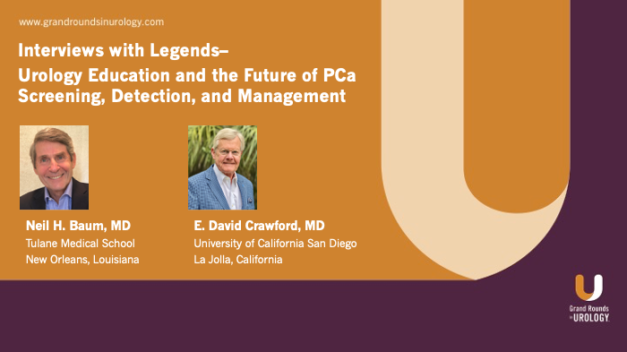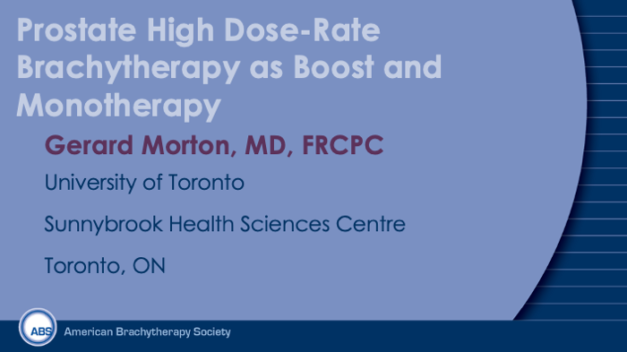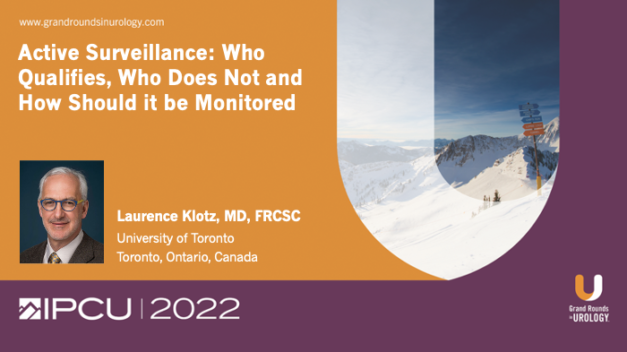Interviews with Icons – Urology Education and the Future of PCa Screening, Detection, and Management
Neil H. Baum, MD, and E. David Crawford, MD, discuss the educational mission of GRU, as well as prostate cancer screening, detection, and treatment.
Read More






